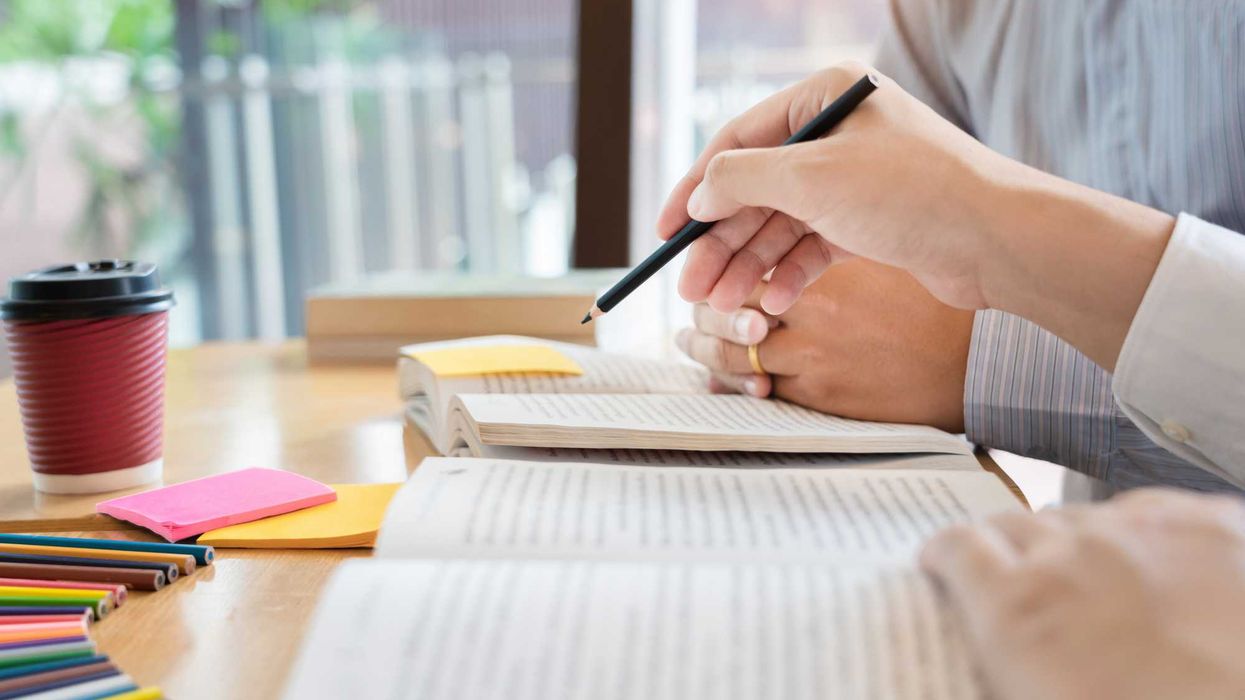President Donald Trump received a great Fourth of July present -- he signed his administration’s signature piece of federal legislation, the One Big Beautiful Bill Act, which is a sweeping tax cut and spending package. The law makes Trump’s massive 2017 tax cuts permanent and boosts defense and border patrol funding. It attempts to offset some of these costs by making deep cuts to spending on Medicaid, food assistance programs, student loans, and clean energy programs. Depending on whose hype you listen to, the Trump tax and spend deal is either the greatest in history or it will cause the fall of Western civilization.
For the average person, it's quite challenging to understand how this law will impact their own individual situation. This was a complex piece of legislation with numerous moving parts, and the White House designers employed several legislative tactics and strategies to obscure the impact on those who would be helped or hurt. Both the Republican and Democratic sides have their own “experts” who, of course, do not agree, but even within Republican and conservative circles, there has been much disagreement over likely impacts.
GOP economist Kevin Hassett says the new law will be good for average Americans because it will spur economic growth and investment, as he claims the first Trump tax cuts did in 2017. But conservative economist Oren Cass says, “That’s not true. The two-year stretch that followed [the Trump tax cut] passage saw slower growth than any other two-year period of the economic expansions in the 1990s and 2000s.”
Senator Susan Collins from Maine, one of the few Republicans to vote against the bill, said, “My vote against this bill stems primarily from the harmful impact it will have on Medicaid, affecting low-income families and rural health care providers like our hospitals and nursing homes.” The Medicaid program has been an important health care safety net for nearly 60 years, which has helped people with disabilities, children, the mentally ill, and low-income families.
Democrats call the bill “tax breaks for billionaires” while Republicans say it is a tax cut for “working- and middle-class Americans.” Who’s wrong, who’s right? The law is so massive that the White House can highlight any features it wants you to know about. Certainly, there are some benefits in it for working- and middle-class Americans, such as:
Tax breaks. It provides income tax breaks on overtime pay and tips, as well as a deduction for interest on loans for automobiles assembled in the US. While helpful, those tax breaks are only temporary, lasting through 2028. Meanwhile, independent analysts have found that taxpayers with the highest incomes will by far benefit the most from the permanent income tax cuts. According to the Center on Budget and Policy Priorities, individuals making over $1 million per year will benefit from about $90,000 in tax cuts, while poor people are actually going to lose money, once you factor in the Medicaid and food assistance cuts.
Pro-family? Maybe, yes; maybe, no; it depends on the family. The law expands the child tax credit to $2,200, which is helpful. But that’s not that much money for many families, especially since they will lose out on other provisions of the law. Trump’s law is giving with one hand and taking with the other.
The law also creates “Trump baby bonds,” which aim to help low- and middle-income families build long-term savings by providing a modest government bonus of $ 1,000 for each newborn. That money can be added to, invested, and grow tax-free. It’s well-meaning, but it will most benefit higher-income families who can afford to contribute more money to the account. This new benefit is also temporary and will expire in 2028.
Senior deduction. Seniors over 65 with a middle income (up to $75,000 for singles and $150,000 for married couples) will be allowed to deduct up to $ 6,000 more from their adjusted gross income for tax purposes, which will reduce their taxes owed by a few hundred dollars.
But any benefits that some people will receive will be counter-balanced by the downsides, such as:
Higher Deficits and Debt. The nonpartisan Tax Foundation estimates that the law will increase the federal deficit by nearly $3.8 trillion over the next decade. This will significantly add to the national debt, with the interest paid on that debt already $882 billion per year, the second-largest US budget expenditure, surpassing spending on the military or Medicare. Republicans used to portray themselves as deficit hawks and fiscal conservatives, but their claim has lost credibility.
Millions of low-income Americans hurt. The nonpartisan Congressional Budget Office has reported that up to 11.8 million people will likely be left without health insurance over the next decade due to $1 trillion in Medicaid cuts. The law adds work requirements to receiving Medicaid and food assistance (SNAP), which are useful in theory. In practice, most of the recipients of these two programs are elderly, disabled, mentally ill, or taking care of dependents. For those beneficiaries, work requirements don’t make much sense, and failure to meet the requirements will eventually result in millions of beneficiaries losing their benefits.
Undermine Social Security? Little discussed is that, while the $ 6,000 senior deduction will result in some middle-income seniors paying less in taxes, it will also include paying less into the Social Security trust fund. That’s a problem, since those revenues are needed to keep the already-strained Social Security program solvent. According to the Committee for a Responsible Federal Budget, this senior deduction will accelerate the projected insolvency date for Social Security to 2032, up from the currently projected date of 2033.
When you add it all up, according to the Yale Budget Lab, the combination of income tax cuts with Medicaid and SNAP spending and other cuts will result in an income decline of 2.9% (about $700) for the bottom 20% of US income earners, but an increase of 1.9% for the top 1%. A Penn-Wharton Budget Model analysis came to a similar conclusion, saying “The top 10% of the income distribution receives about 80% of the total value of the legislation… lower-income households and some in the middle class are worse off.”
Legislative gimmicks and tricks hide the football
To make things even more confusing, the Trump administration budget designers were clever. They employed legislative tactics to structure the law in a way that front-loaded the tax cuts, allowing Americans to receive them immediately, and the White House would then take credit. However, they postponed the implementation of Medicaid, SNAP, and other benefit cuts, as well as the closure of hospitals, nursing homes, and other aspects of the legislation that would affect millions of people, until after the November 2026 midterm election. Some benefits cuts won’t be phased in until after 2028, when Trump will no longer be president.
Much like Obama once said “If you like your health care plan you can keep it”—which came back to haunt him in the 2010 election -- Donald Trump has claimed that under his law “your Medicaid is left alone.” But that is clearly not the case for millions of Americans. Meanwhile, wealthier Americans will be happy to see their income taxes cut. Unfortunately, this law has created winners and losers, pitting Americans against each other.
Will Trump and the Republicans pay a political price? With 16 months until the November 2026 midterm elections, it’s too early to say. Though recent polls suggest the cuts are unpopular with many voters. Either way, Donald Trump’s big beautiful law has taken another giant step toward dismantling America’s New Deal society, long a right-wing fantasy. What the future holds from here, nobody knows.
Steven Hill was policy director for the Center for Humane Technology, co-founder of FairVote and political reform director at New America. You can reach him on X @StevenHill1776.




















